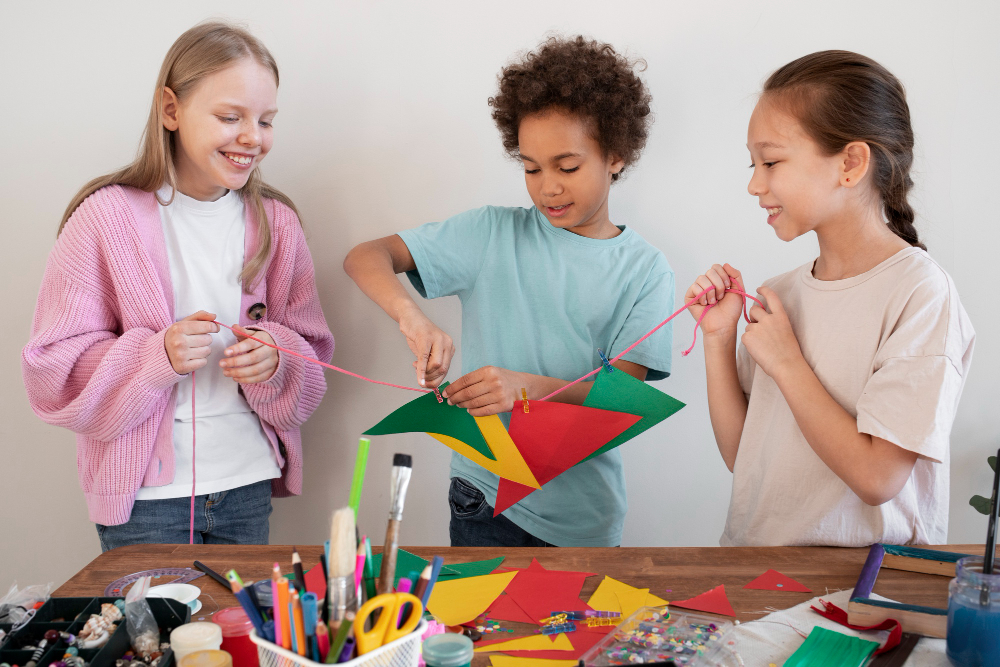“There’s a big difference between teaching kids to read and teaching them to love reading,” explains Daniel Willingham in his book Raising Kids Who Read. The transition from being read to, to sounding out words, to becoming an active reader is a long journey that can be helped along significantly by parents.
Certainly reading with your children is one of the most important habits, but how do you do it effectively? (Spoiler alert: don’t just read from start to end.)
In our last article, we shared 7 steps to turn your reluctant reader into a bookworm, and now, we are sharing best practices for guided reading. At Everest Education, we use these guided reading techniques in our English Language Arts system as teachers spend time with students in small-group instruction. Here we explain some of the magic that happens in our classrooms so that parents can adapt these best practices at home. We are confident that with these, you will help make reading fun for your children while building advanced comprehension skills.


















